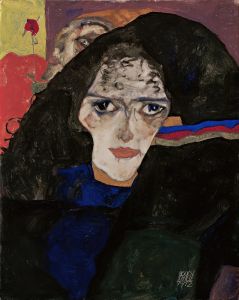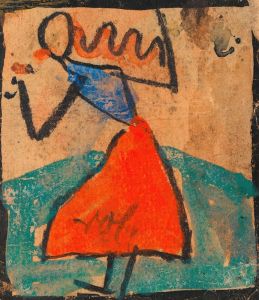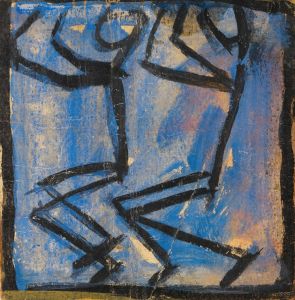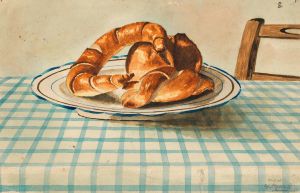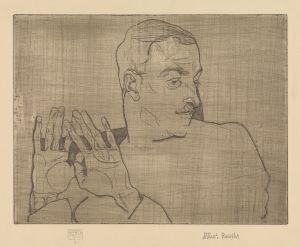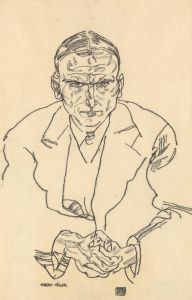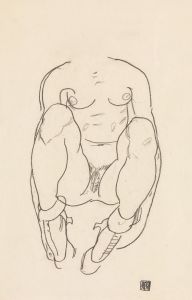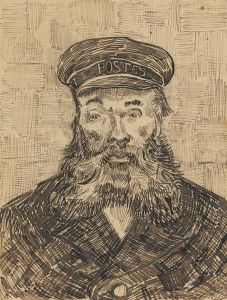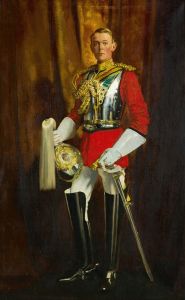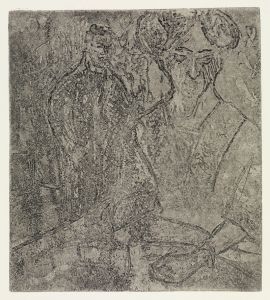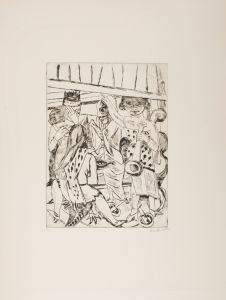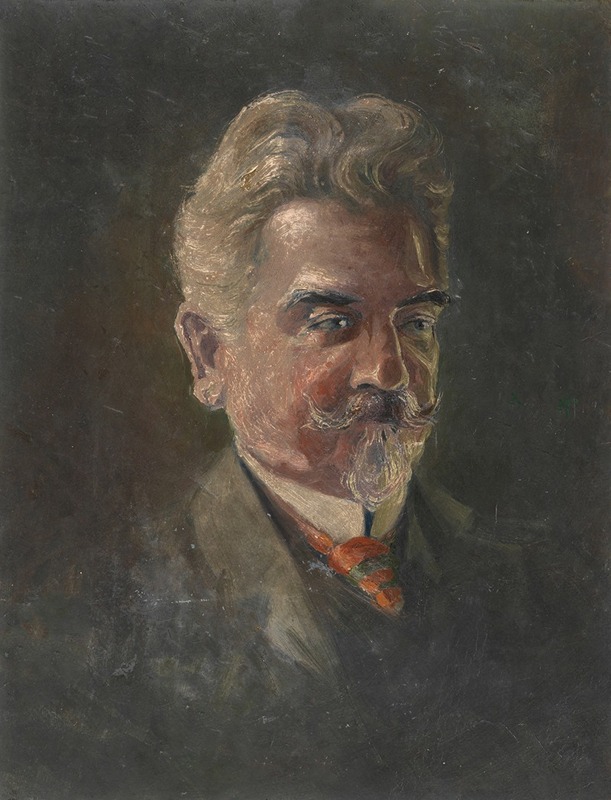
Bildnis Leopold Czihaczek
A hand-painted replica of Egon Schiele’s masterpiece Bildnis Leopold Czihaczek, meticulously crafted by professional artists to capture the true essence of the original. Each piece is created with museum-quality canvas and rare mineral pigments, carefully painted by experienced artists with delicate brushstrokes and rich, layered colors to perfectly recreate the texture of the original artwork. Unlike machine-printed reproductions, this hand-painted version brings the painting to life, infused with the artist’s emotions and skill in every stroke. Whether for personal collection or home decoration, it instantly elevates the artistic atmosphere of any space.
Egon Schiele, an Austrian painter known for his distinctive and often provocative style, created the painting "Bildnis Leopold Czihaczek" in 1907. This portrait depicts Leopold Czihaczek, who was Schiele's uncle and guardian. Czihaczek played a significant role in Schiele's early life, especially after the death of Schiele's father in 1905. Leopold Czihaczek, a railway official, provided financial and emotional support to Schiele, allowing him to pursue his artistic education and career.
The painting "Bildnis Leopold Czihaczek" is a notable example of Schiele's early work, created when he was just 17 years old. It reflects the influence of his studies at the Vienna Academy of Fine Arts, where he was enrolled from 1906 to 1909. During this period, Schiele's style was still developing, and he was influenced by the works of Gustav Klimt, who was a prominent figure in the Vienna Secession movement. Klimt's influence is evident in the detailed and expressive quality of Schiele's early portraits.
In "Bildnis Leopold Czihaczek," Schiele employs a realistic approach, capturing the likeness of his uncle with meticulous attention to detail. The portrait is characterized by its somber and introspective mood, which is conveyed through Czihaczek's serious expression and the subdued color palette. Schiele's use of light and shadow adds depth to the portrait, highlighting the contours of Czihaczek's face and giving the painting a three-dimensional quality.
The composition of the painting is straightforward, with Czihaczek depicted in a seated position, facing the viewer. His attire is formal, reflecting his status as a respectable member of society. The background is simple and unobtrusive, ensuring that the focus remains on the subject. This simplicity in composition is typical of Schiele's early portraits, which often emphasize the psychological presence of the sitter.
"Bildnis Leopold Czihaczek" is significant not only for its artistic qualities but also for its personal context. The painting represents Schiele's deep respect and affection for his uncle, who was a pivotal figure in his life. It also marks an important stage in Schiele's artistic development, showcasing his emerging talent and his ability to convey complex emotions through portraiture.
Egon Schiele would later become known for his more radical and expressive style, characterized by bold lines, exaggerated forms, and intense emotional content. However, "Bildnis Leopold Czihaczek" remains an important work in his oeuvre, providing insight into his early influences and the foundational skills that would underpin his later, more avant-garde creations.
Today, "Bildnis Leopold Czihaczek" is recognized as an important piece in the study of Egon Schiele's artistic evolution. It is a testament to his early promise and the significant impact of his personal relationships on his work. The painting is held in high regard by art historians and collectors, who appreciate its historical and emotional significance within Schiele's body of work.





